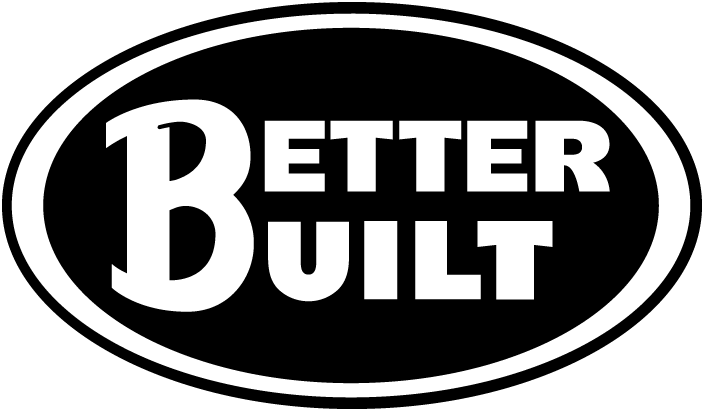When it comes to labs, contamination is a constant threat. Even the slightest breach in lab safety protocols can result in compromised sample integrity, inaccurate results, compliance breaches, and potentially dangerous situations.
This is especially true in life science labs. When working with animals and biological samples, lab contamination prevention procedures are critical for all personnel.
More often than not, the highest risks of contamination come from poor laboratory techniques and technician errors. Even a small mistake such as forgetting to wear gloves or using an improper cleaning solution can put the entire lab (and its findings) at risk.
Fortunately, there are ways to minimize the risks and keep laboratory personnel safe. Let’s take a look at six methods for preventing contamination within a life sciences lab.
1. Ensure an Appropriate Lab Design
All life sciences labs should be designed to ensure the integrity of cell cultures and general safety. This includes building a workflow that keeps cell culture areas away from high-traffic zones where contamination is more likely.
Additionally, safe labs are designed to restrict access to cell culture spaces. These high-risk areas should only be accessible to authorized personnel.
2. Use the Right Culturing Procedures
It doesn’t matter their status or rank – all lab personnel members should be trained to follow the correct culturing procedures. This includes…
- Maintaining the correct culture conditions
- Ensuring procedure sterility
- Proper passaging, freezing, and storage
- Meticulous record keeping
The more personnel are trained to abide by strict lab compliance and standard procedures, the lower the risk of contamination (and unsafe working conditions) becomes.
3. Use Deionized Water
Lab personnel should avoid using tap water to clean workspaces and lab equipment. It could contain minerals and other dissolved particles that compromise the environment and lead to contamination.
Deionized water, on the other hand, has had all of its ions and impurities removed. This makes it the purest choice for cleaning without interfering with samples or workspaces in the lab. Additionally, using deionized water in all cleaning practices makes it easier to standardize and compare laboratory results.
4. Dispose of Old Reagents and Samples
When lab workers are cleaning up, they should also ensure they carefully dispose of all the degraded samples and spoiled reagents in the space. These can attract dust and clutter, which increases the risk of contamination and poor results.
This brings up another related point: ensure all of your samples are carefully logged in a digital or handwritten format. Everyone needs to be able to know when certain samples were created, how long they were stored, and when it’s time to dispose of them.
5. Implement Specialized Cleaning Procedures
Obviously, cleaning a life sciences lab isn’t like cleaning up your kitchen at home. It requires careful sterilization procedures to ensure that both work and non-work surfaces don’t increase the risk of biological contamination.
For example, most laboratories need a Biological Safety Cabinet (BSC) to help deal with any spills or hazards. Make sure this cabinet is easily accessible and has proper airflow, especially in high-risk spaces.
As lab personnel use specialized equipment to clean, they should also document their sterilization procedures thoroughly. This helps identify gaps in the lab’s contamination prevention strategies and update future procedures as necessary. It also holds individual team members accountable for their safe (or unsafe) actions.
6. Invest in Quality Cleaners and Sterilizing Solutions
Last, but certainly not least, it’s critical that all laboratories use high-quality, safe solutions to clean and sterilize their workspaces and equipment. Using a standard household cleaner won’t cut it when you’re dealing with bacteria, viruses, fungi, animals, and other high-risk samples.
Even laboratory glassware requires a specialized cleaner to ensure no undesirable hard water minerals build up on equipment surfaces.
We also offer an Odor Neutralizer for life sciences laboratories that is both biodegradable and non-hazardous. If you are washing cages for animals in your lab, you may also want to check out our Temperature Tapes, which help confirm which cages have been sanitized and which have not.
Let Us Help You Prevent Contamination
You want your research to be as safe, accurate, and efficient as possible – and your life sciences lab’s cleanliness plays a big role in all of those elements.
Our team at BetterBuilt has been helping organizations with their sanitization needs for more than 70 years, including those in the life science industry. We create industrial-grade washers and other cleaning equipment to meet the unique needs of your operations.
To learn more about our life sciences washing equipment, please review our website. For questions on our cleaning and sterilization solutions, please contact us online.
